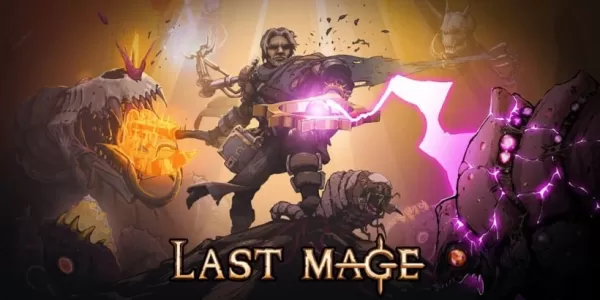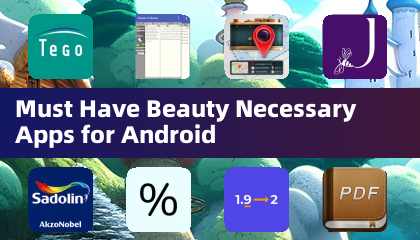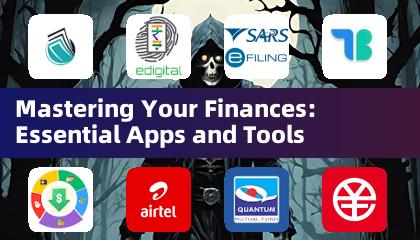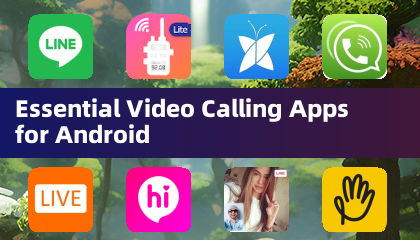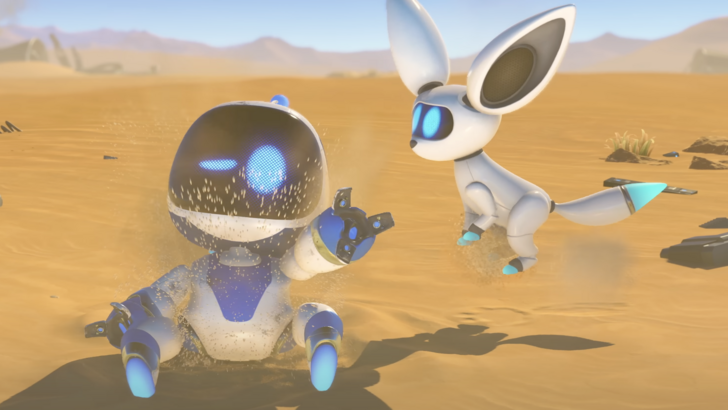 Sony's groundbreaking patent aims to enhance accessibility for deaf gamers by introducing real-time in-game sign language translation. This innovative technology bridges communication gaps, allowing seamless interaction between players using different sign languages.
Sony's groundbreaking patent aims to enhance accessibility for deaf gamers by introducing real-time in-game sign language translation. This innovative technology bridges communication gaps, allowing seamless interaction between players using different sign languages.
Sony Patents Real-Time Sign Language Translation for Video Games
Leveraging VR and Cloud Gaming Technologies
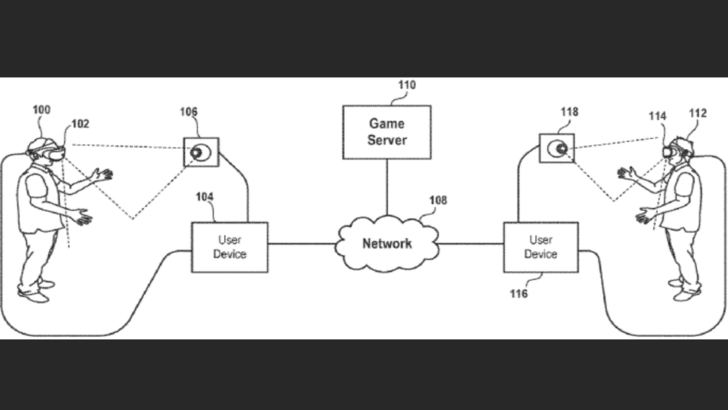 This patent, titled "TRANSLATION OF SIGN LANGUAGE IN A VIRTUAL ENVIRONMENT," details a system enabling real-time translation between sign languages, such as American Sign Language (ASL) and Japanese Sign Language (JSL). Sony envisions a future where deaf gamers can participate fully in in-game conversations.
This patent, titled "TRANSLATION OF SIGN LANGUAGE IN A VIRTUAL ENVIRONMENT," details a system enabling real-time translation between sign languages, such as American Sign Language (ASL) and Japanese Sign Language (JSL). Sony envisions a future where deaf gamers can participate fully in in-game conversations.
The proposed technology uses on-screen virtual indicators or avatars to display translated sign language in real-time. The process involves a three-step translation: sign language to text, text translation between languages, and finally, text to the target sign language. This ensures accurate and fluid communication.
"The present disclosure addresses methods and systems for capturing and translating sign language between users with different native sign languages," Sony explains in the patent. "Sign languages are not universal, necessitating a system capable of capturing, interpreting, and generating appropriate sign language output for each user."
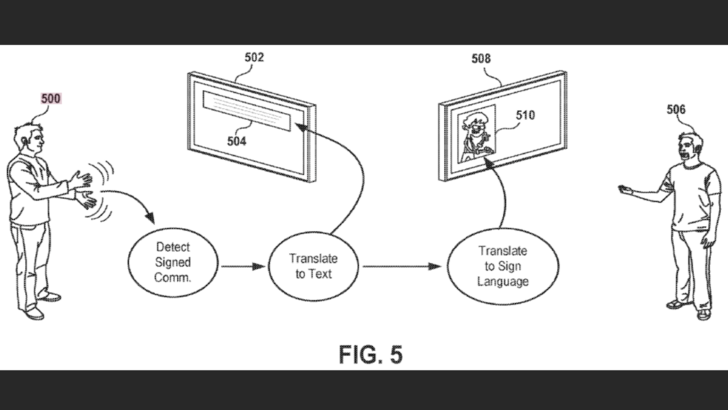 Sony suggests implementing this system using VR headsets (HMDs) or similar devices. These devices connect to a user's computer, game console, or other computing device, providing an immersive gaming experience.
Sony suggests implementing this system using VR headsets (HMDs) or similar devices. These devices connect to a user's computer, game console, or other computing device, providing an immersive gaming experience.
Furthermore, Sony proposes a networked system where user devices communicate with each other and a game server. This server maintains the game's state, ensuring synchronization across all players. The patent also suggests integrating this system with cloud gaming, enabling seamless streaming of rendered video between users.
This architecture allows for shared virtual environments and interaction between players, regardless of their native sign language. The potential for cloud gaming integration further expands accessibility and reach.

 Sony's groundbreaking patent aims to enhance accessibility for deaf gamers by introducing real-time in-game sign language translation. This innovative technology bridges communication gaps, allowing seamless interaction between players using different sign languages.
Sony's groundbreaking patent aims to enhance accessibility for deaf gamers by introducing real-time in-game sign language translation. This innovative technology bridges communication gaps, allowing seamless interaction between players using different sign languages. This patent, titled "TRANSLATION OF SIGN LANGUAGE IN A VIRTUAL ENVIRONMENT," details a system enabling real-time translation between sign languages, such as American Sign Language (ASL) and Japanese Sign Language (JSL). Sony envisions a future where deaf gamers can participate fully in in-game conversations.
This patent, titled "TRANSLATION OF SIGN LANGUAGE IN A VIRTUAL ENVIRONMENT," details a system enabling real-time translation between sign languages, such as American Sign Language (ASL) and Japanese Sign Language (JSL). Sony envisions a future where deaf gamers can participate fully in in-game conversations. Sony suggests implementing this system using VR headsets (HMDs) or similar devices. These devices connect to a user's computer, game console, or other computing device, providing an immersive gaming experience.
Sony suggests implementing this system using VR headsets (HMDs) or similar devices. These devices connect to a user's computer, game console, or other computing device, providing an immersive gaming experience. LATEST ARTICLES
LATEST ARTICLES 

